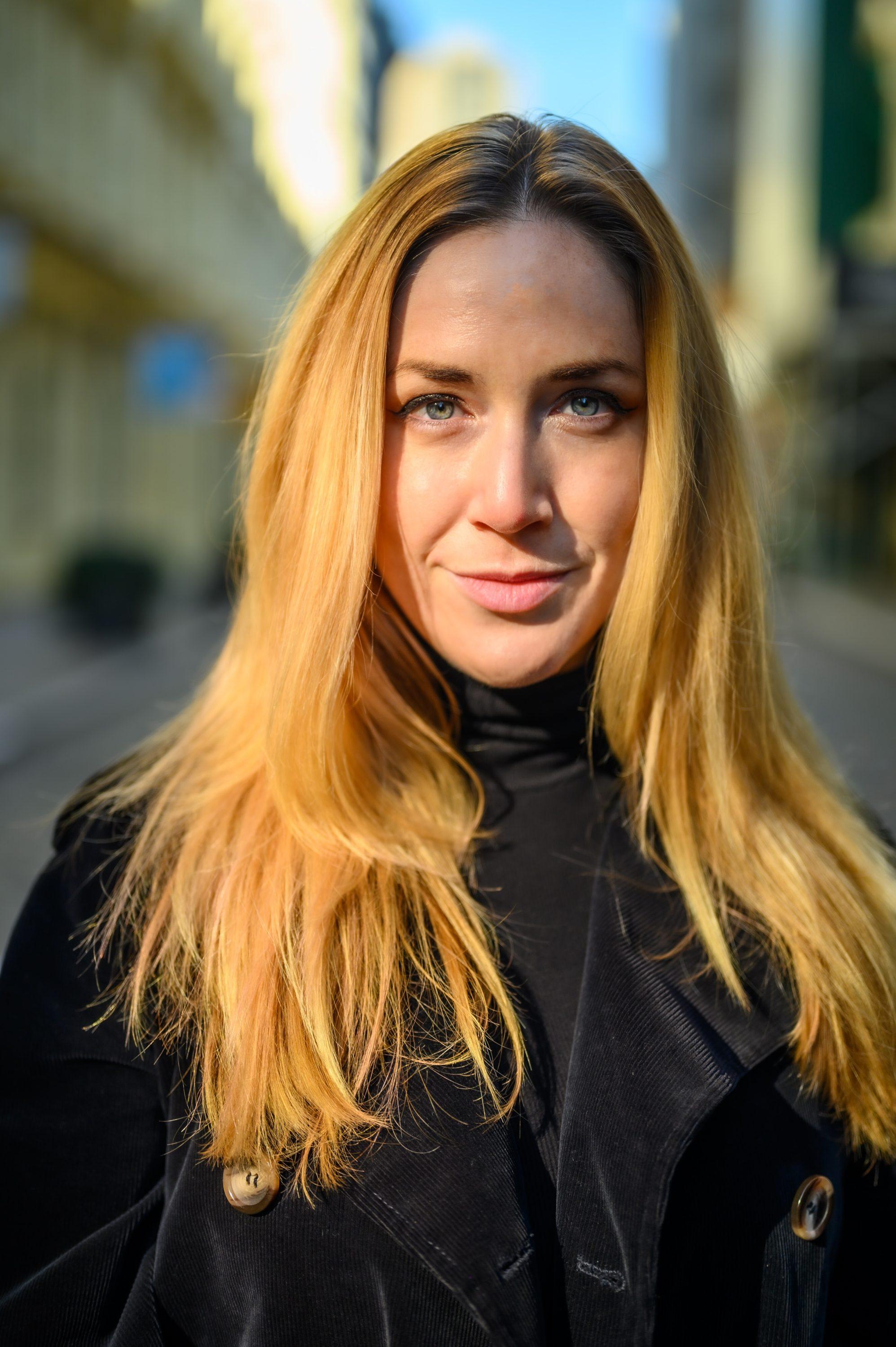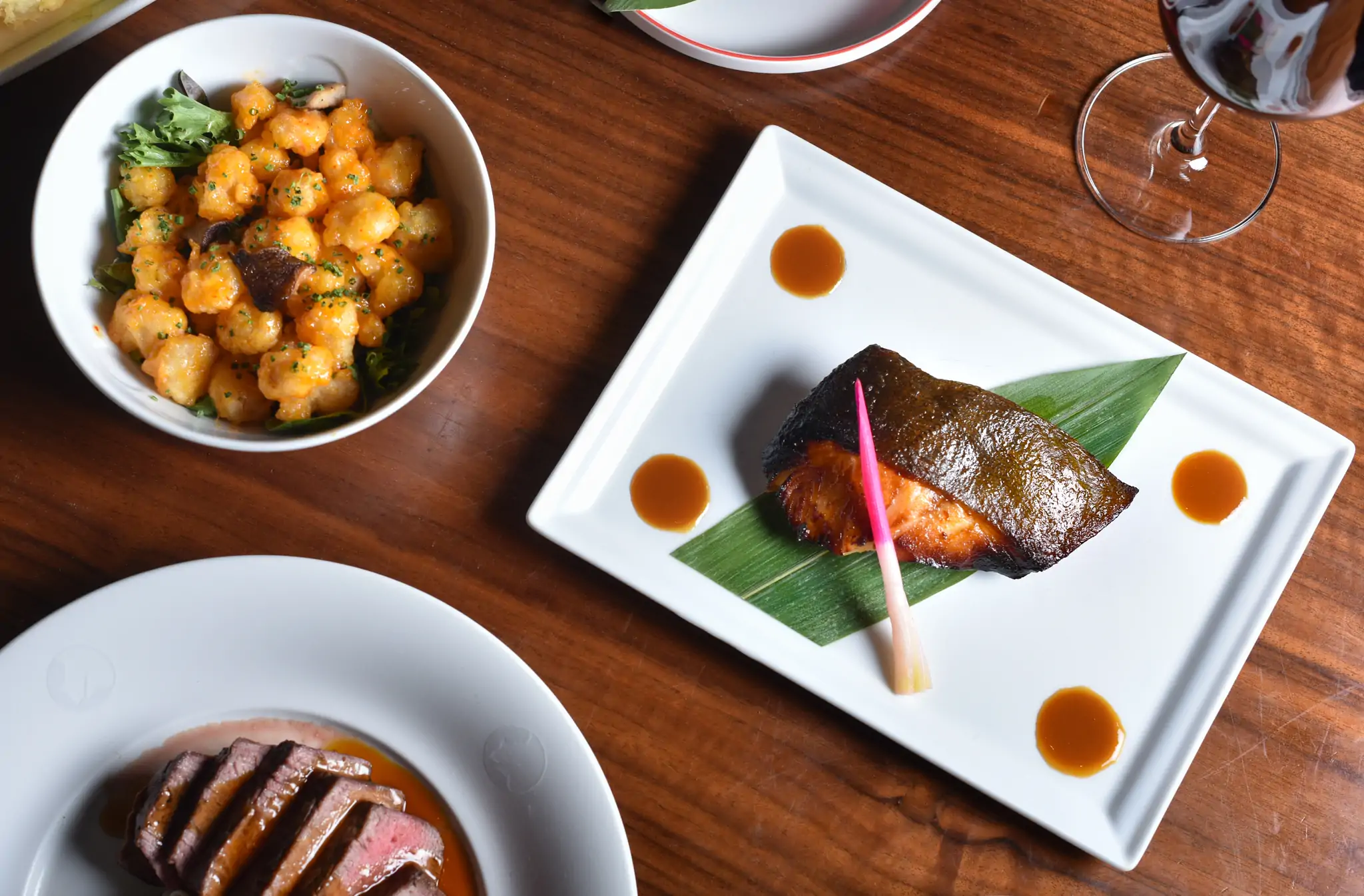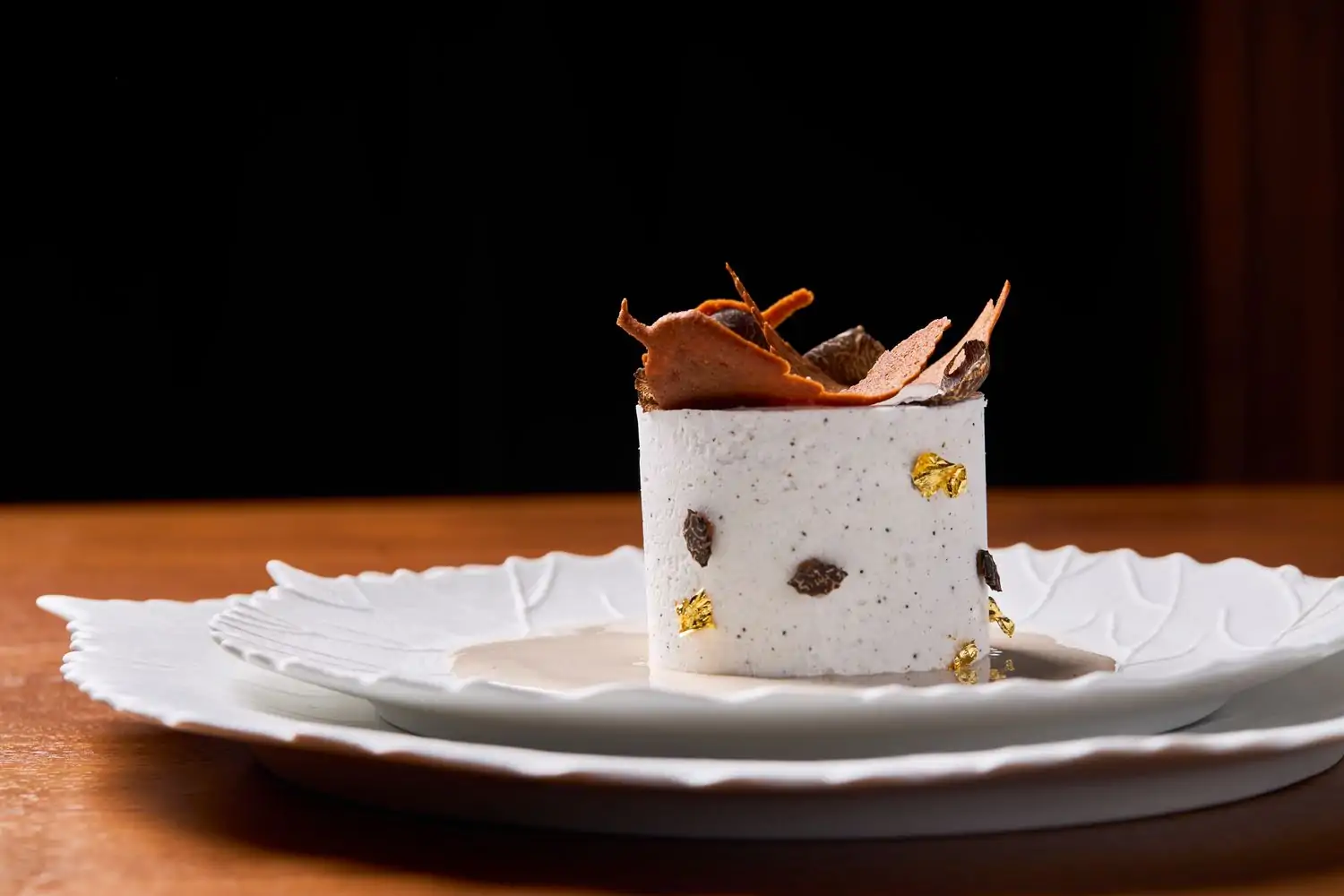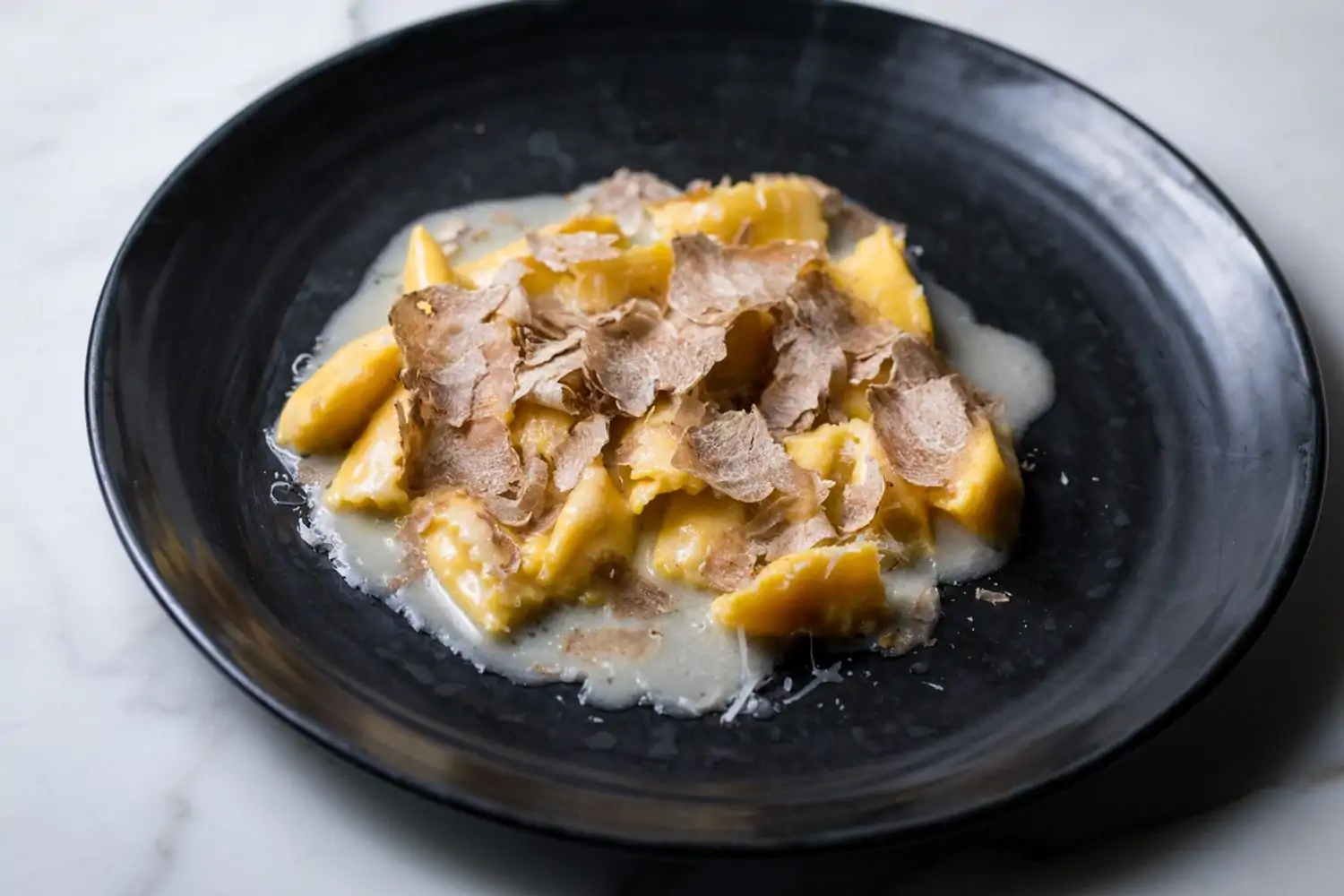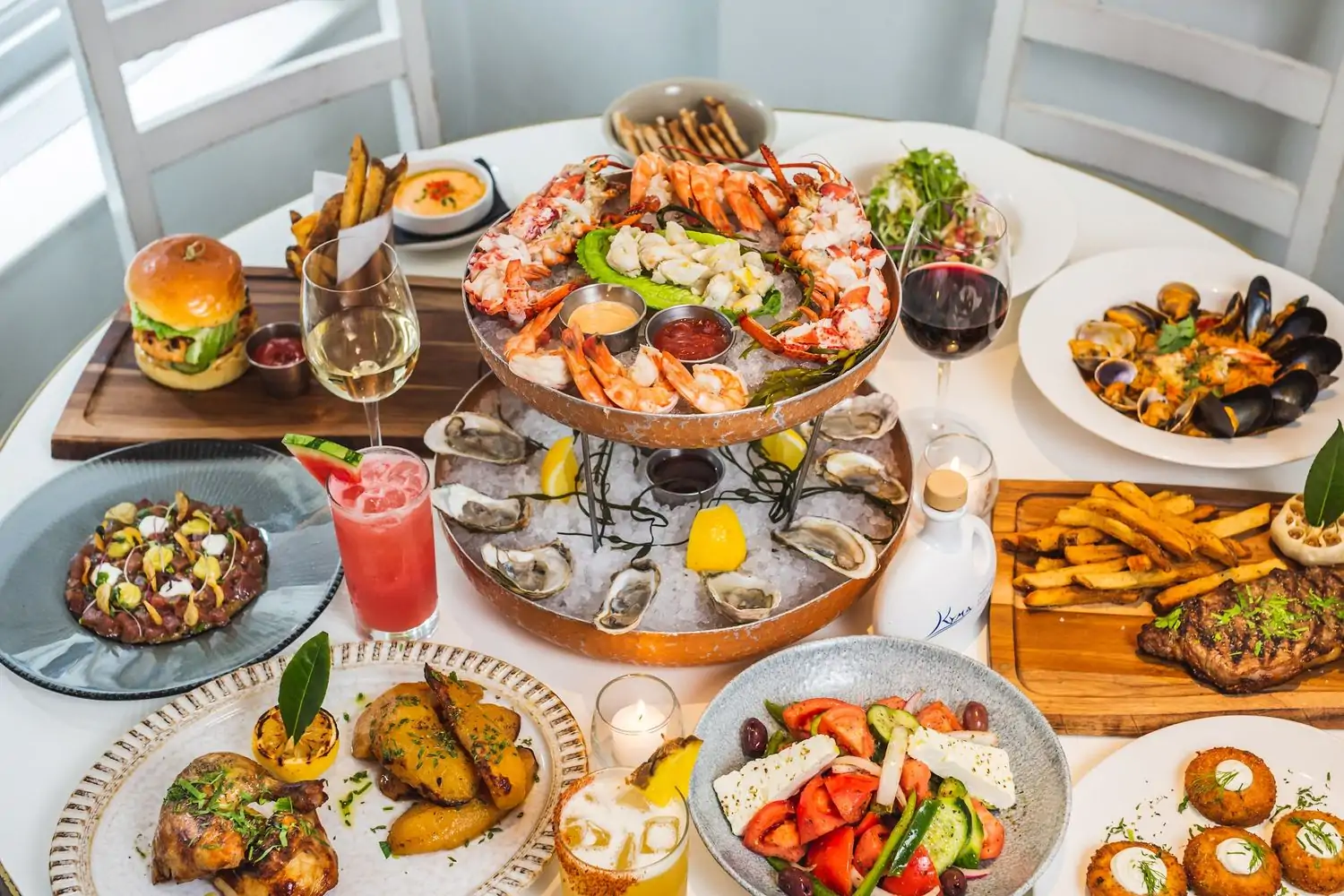In the 30 years since Nobu Matsuhisa opened his eponymous restaurant in Tribeca, New York, the brand has become the stuff of industry legend. Today, he presides over an empire of more than 50 restaurants and his most iconic dishes—the crispy tuna rice, the yellowtail sashimi with jalapeño, and the miso black cod are known from Cape Town to Tokyo.
Matsuhisa got his start working as a dishwasher at a restaurant in Tokyo at the age of just 24. After stints at restaurants in Peru and Argentina, he opened a restaurant in Anchorage, Alaska, only to have it go up in flames just weeks after opening. Through persistence and good fortune, Matsuhisa pushed through, ultimately becoming one of the most successful chef-restaurateurs in the world.
Part of Nobu’s enduring allure lies in its A-list celebrity clientele—everyone from Taylor Swift to David Beckham have passed through here. Hollywood is baked into the restaurant’s DNA; Robert De Niro was a co-founder of the restaurant’s first location and remains an active partner. Plus, Nobu alumni like Iron Chef star Masaharu Morimoto have gone on to become celebrated chefs themselves.
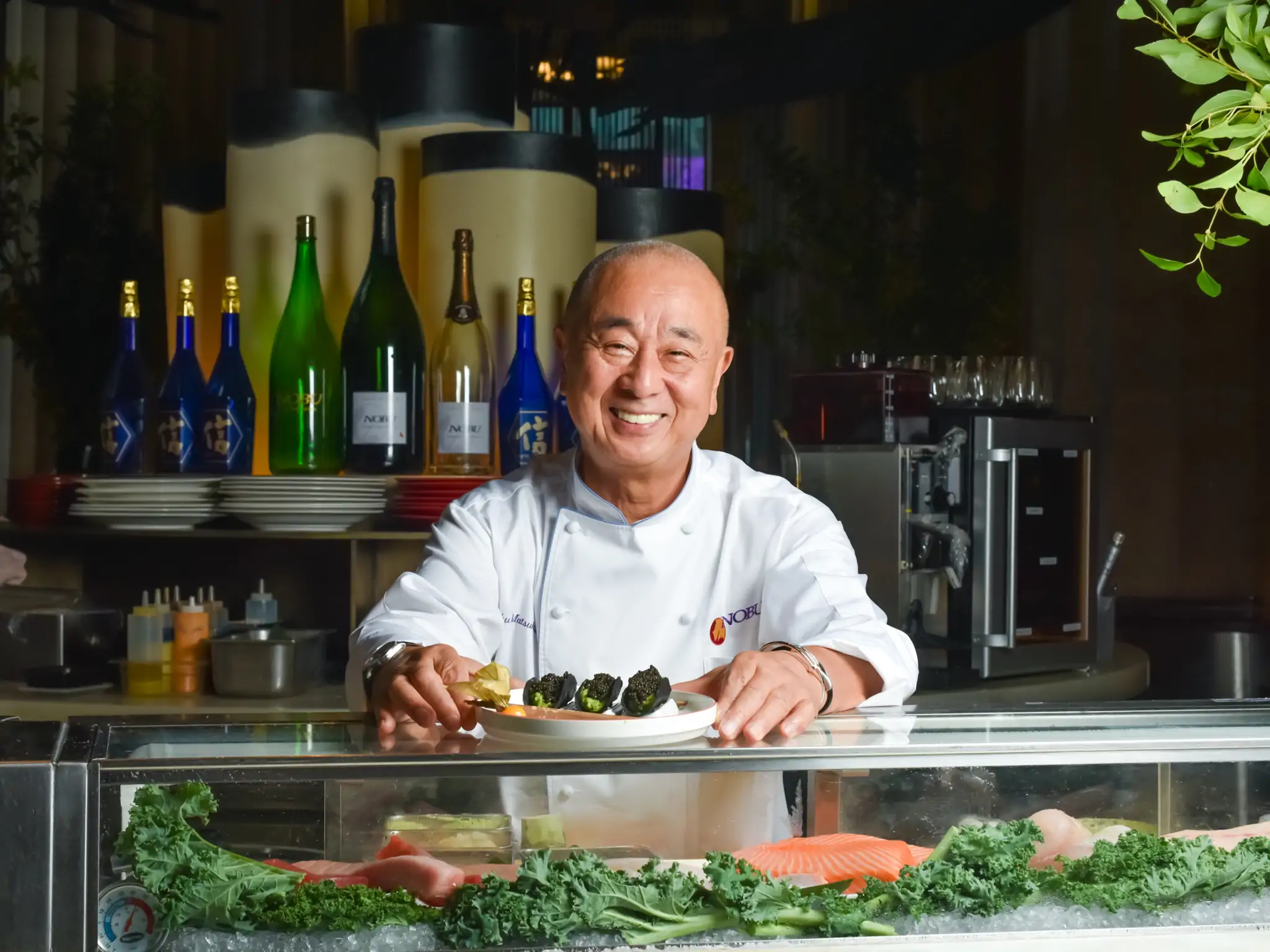
Such staying power and success is incredibly rare in the industry, and the chef and his hospitality group aren’t slowing down any time soon, opening new restaurants and hotels around the world.
Read on to learn about the secret ingredients that have made Nobu a household name, and make a booking on OpenTable.
Why Black cod with miso is beloved
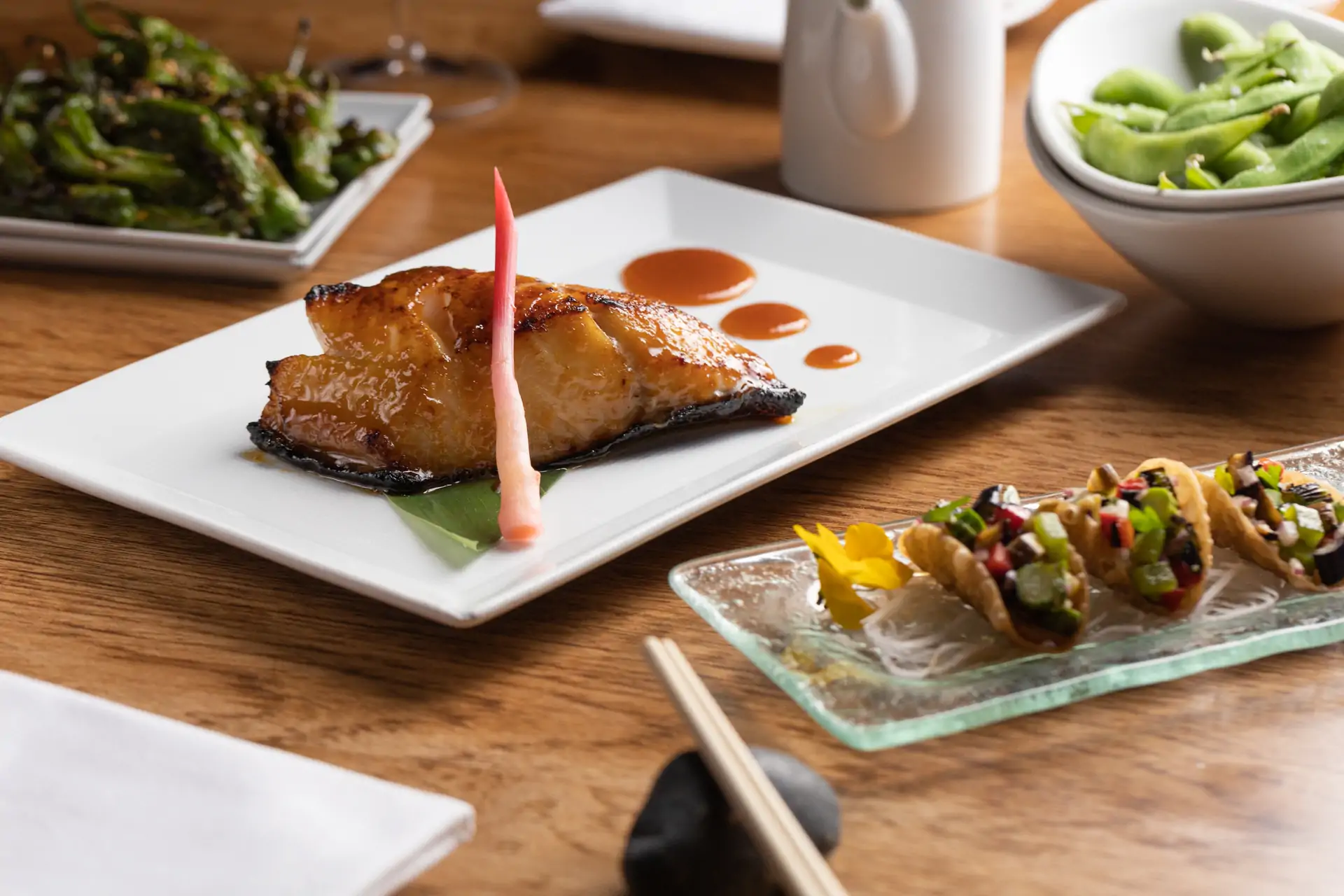
Ask anyone what their favorite dish at Nobu is and you’ll almost certainly hear them say miso black cod. Much like Jean-Georges Vongerichten’s chocolate lava cake or Thomas Keller’s butter-poached lobster, Matsuhisa’s iconic creation has been emulated more times than anyone can count. Yet the original remains one of the most ordered items at Nobu from Bangkok to Ibiza.
Fish cured in miso and sake lees was already a traditional dish in Japan, but Matsuhisa went to great lengths to refine his own version. “We found that the black cod actually works if you do it with the fish still frozen,” says Matt Hoyle, corporate chef at Nobu, who has been with the restaurant group since 1998. This allows the seasonings to penetrate the fish without making it overly salty. “We marinate it for three days in the miso and then cook it to order, ”Hoyle adds.
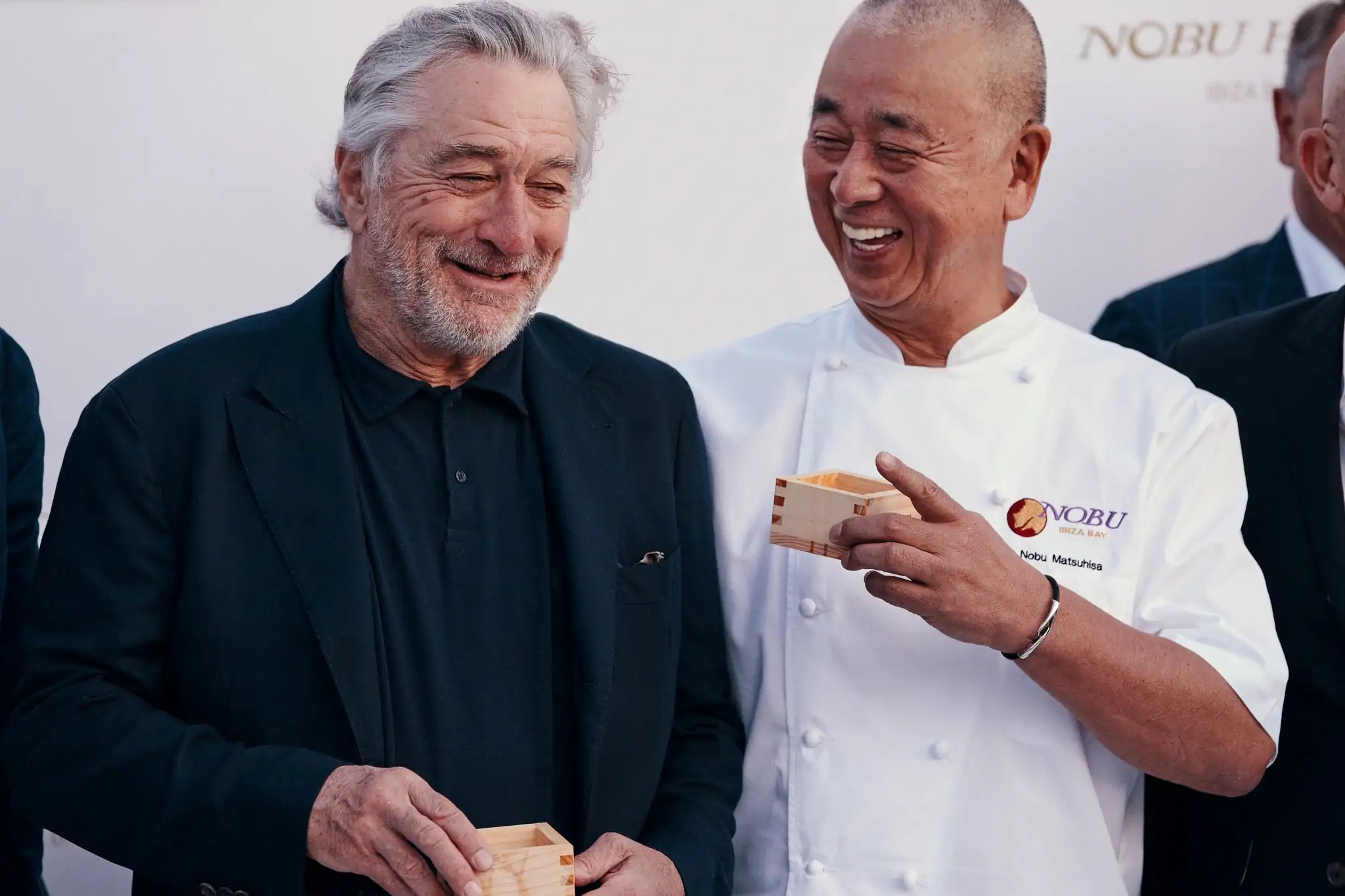
The fish is then seared to the color of burnt caramel and perched atop a bamboo leaf with miso polka dots and a slender shoot of hajikami ginger—a Kandinsky splashed across the plate. Matsuhisa’s decision to use black cod or sablefish was an inspired one. Three decades ago, this rich, savory fish was under-the-radar for most Americans. During his time in Alaska, Matsuhisa realized black cod’s potential.
That one dish changed the course of his life. When De Niro dropped by Matsuhisa (the chef’s restaurant in Los Angeles) in 1988, he loved the black cod with miso so much that he asked the chef to join him for an after-dinner drink. The following year, the actor invited Matsuhisa to come hang out with him for a few days in New York with the idea of opening a restaurant together in Tribeca. It took De Niro six years of convincing, but the rest is history.
Giving Peruvian-Japanese food a major boost
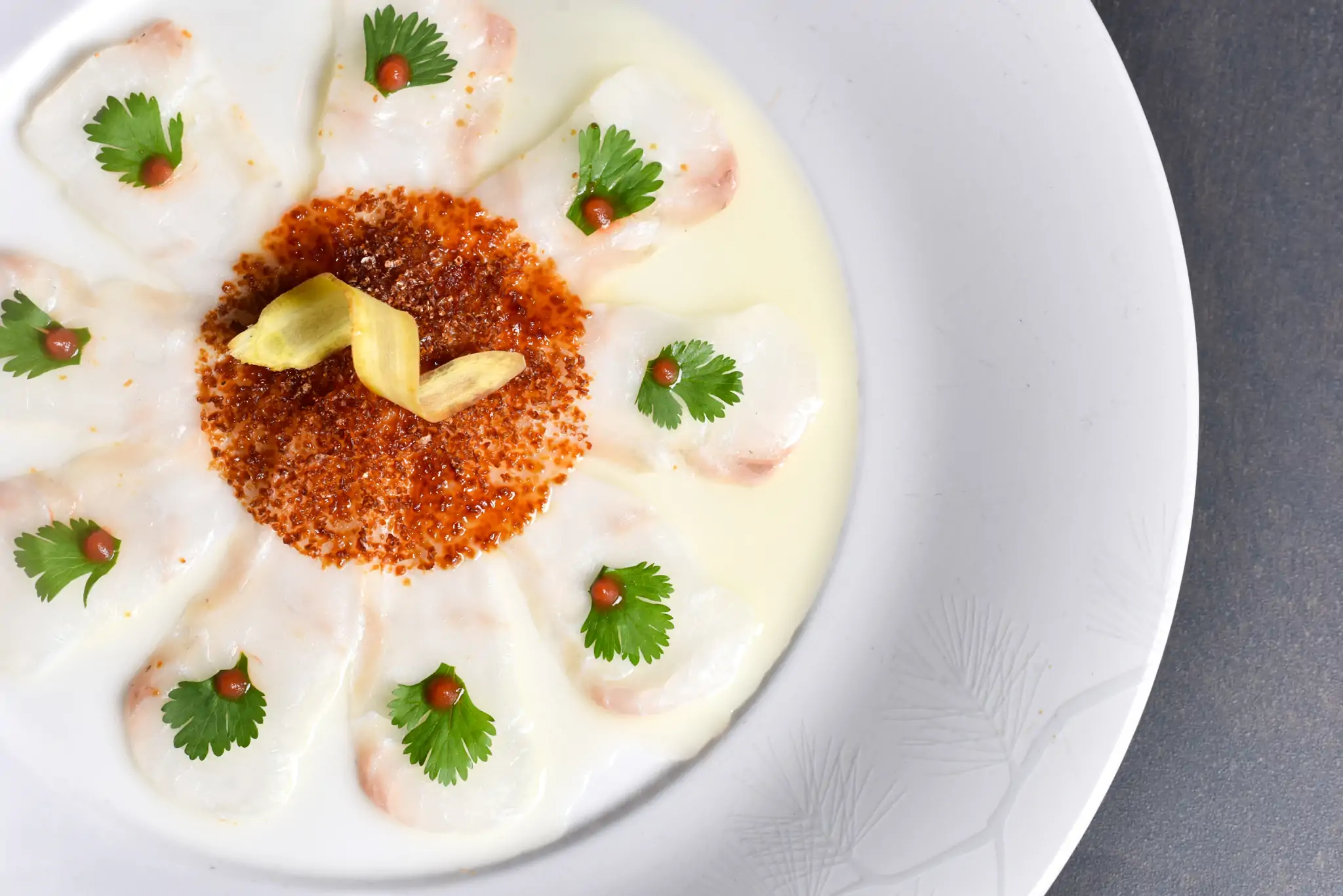
Causas, tiraditos, and ceviches are popular world over now, but when Matsuhisa opened his first restaurant in Lima in 1973, Nikkei food—dishes from Peru’s Japanese diaspora—were relatively unknown outside the country.
When Nobu opened in Manhattan, those flavors were the talk of the town. Nods to Nikkei can still be found throughout the menu at Nobu, including the popular tiradito. “The influence, I think what it did was it added much more punchiness to the traditional Japanese flavors, the citrus, the spice, the herbs, the cilantro you’d never use in Japanese food,” Hoyle says.
Serious star power
Long before Carbone earned a reputation for celebrity sightings, Nobu’s flagship location was the place to catch glimpses of Page Six playing out in real time. When Jennifer Lopez and Ben Affleck were tabloid darlings in the early aughts, they were spotted kindling their new romance at the New York location. Other celebrity power couples, including David and Victoria Beckham, are regulars.
In cities like London, New York, and Los Angeles, where there’s a hot new place to see and be seen every other month, it’s rare for stars to hover at one for so long. Yet three decades after the original location opened, diners may still spot Taylor Swift, Selena Gomez, Leonardo DiCaprio, or Kendall Jenner out and about.
Luxe ingredients get the spotlight
Splashy ingredients for the high-rollers have always been a hallmark of Nobu’s empire. That might mean a special of bluefin tuna nakaochi, a centerbone with rich, fatty meat the color of steak. When available, you can up the ante with fresh truffles, uni, and caviar on top. “We’ve done that one quite a few times,” Hoyle says. “You scrape the tuna off the bone, top it with caviar, and put it in nori to make a handroll out of it.”
Interestingly, one such luxe ingredient became part of a sleeper hit Nobu dish to avoid waste. When working with large cuts of Wagyu, there were always little extra pieces left over. Rather than discard the coveted beef, the restaurant turned it into Wagyu dumplings. “For years and years, it was never on the menu, but people would just request them. It became a bit of a thing to say, ‘I got the gyozas,’” Hoyle says.
Desserts that stand out from the crowd
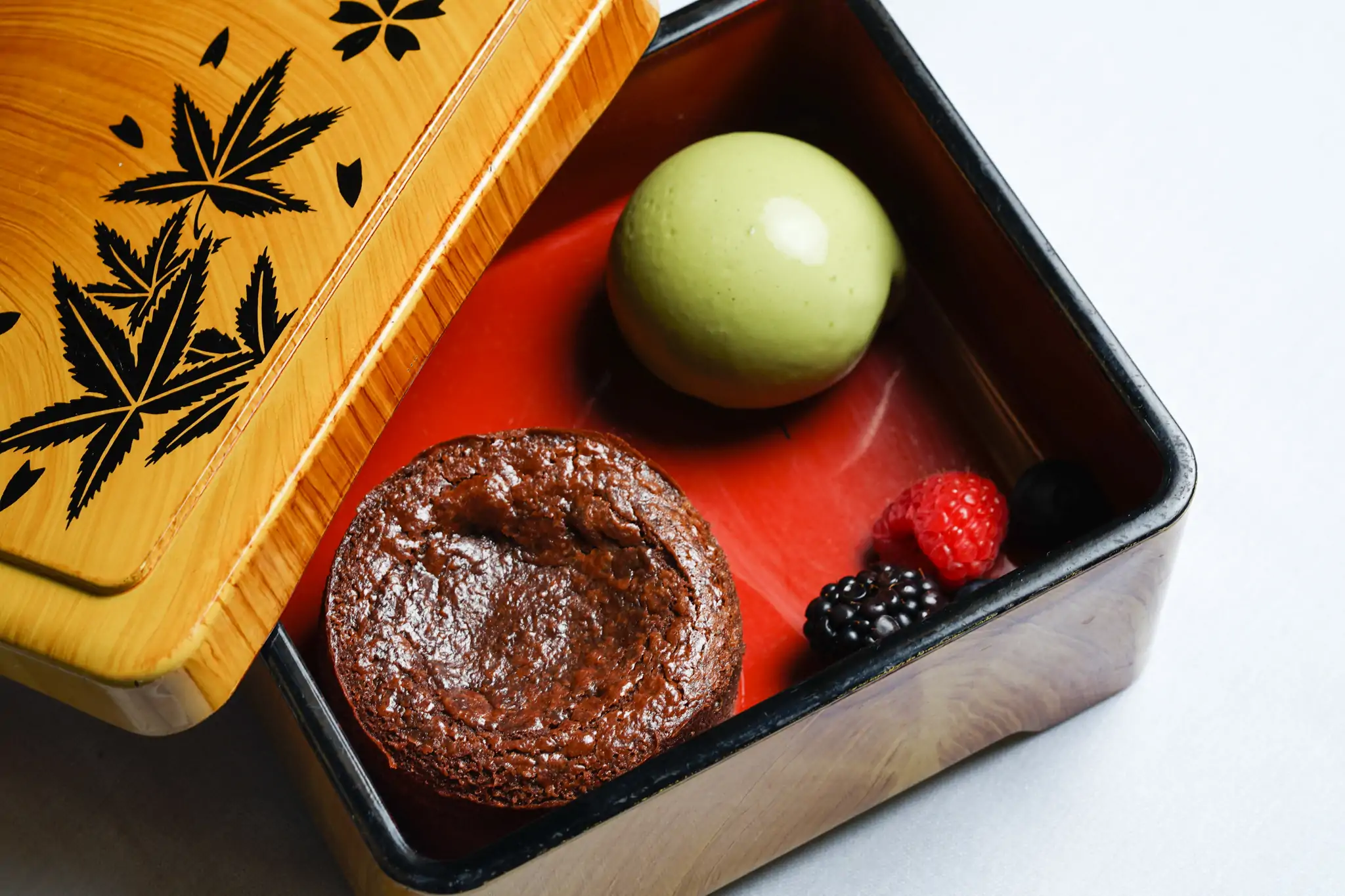
Dessert at the end of an omakase is often understated—an artfully arranged plate of fruit or perhaps a quenelle of sorbet. But Western diners craved more, and Matsuhisa leaned into his flair for maximalism by getting his pastry chefs to make some next-level creations.
Think multiple variations on a baked Alaska, a spiked whisky cappuccino with espresso gelato, and arguably Nobu’s most recognizable dessert, a sweet riff on a bento box. Instead of tempura shrimp or salmon nigiri, you’ll find a neatly arranged box of matcha gelato and Vahlrona dark chocolate fondant. It’s an artful bit of showmanship that’s stood the test of time—much like Nobu itself. “Nobu encompasses a lot more than most traditional Japanese restaurants do,” Hoyle says.
Diana Hubbell is a James Beard Award-winning food and culture journalist based in Brooklyn. Currently an associate editor at Atlas Obscura, she has also written for Eater, The Washington Post, The Guardian, VICE, Condé Nast Traveler, Travel + Leisure, WIRED, and Playboy, among others.
